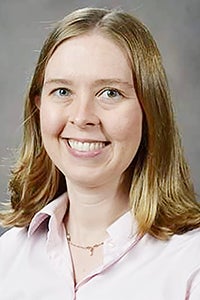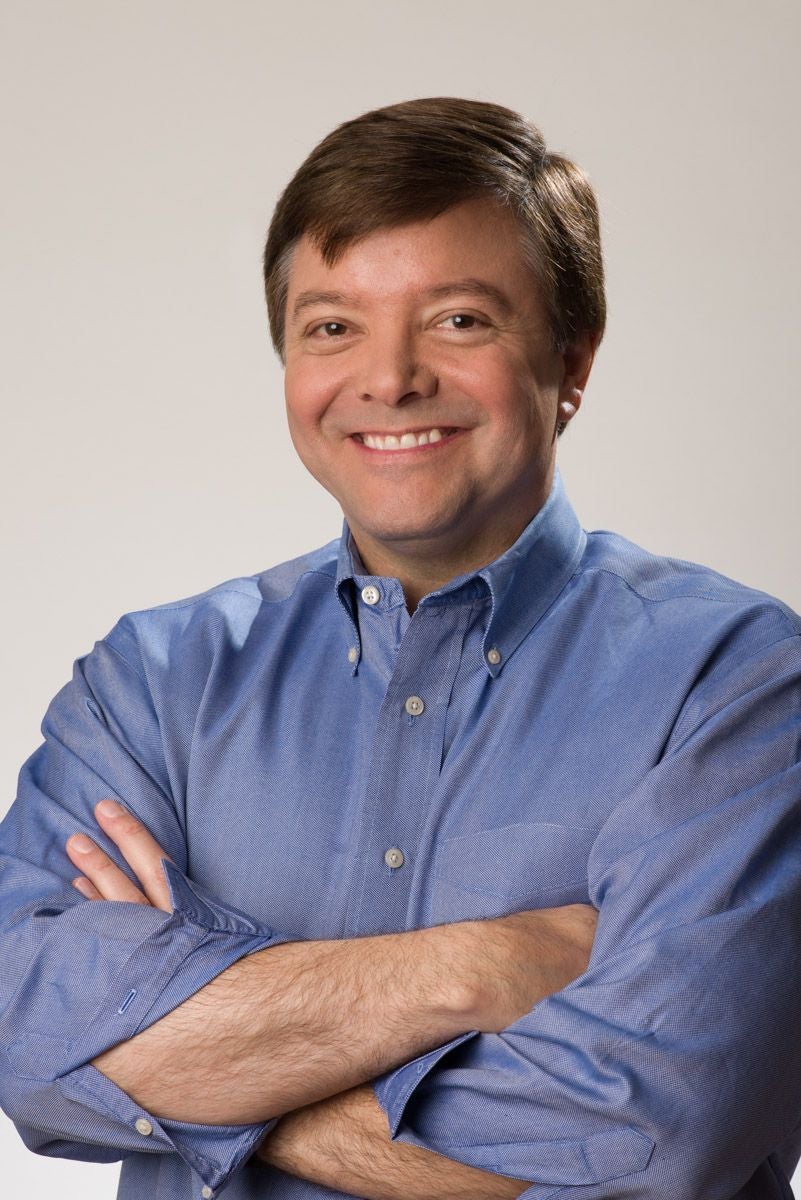Ferguson: Establishing a lawn, Part 1 — Take a soil test, and choose a grass well-suited to your site
Published 10:36 am Tuesday, April 26, 2022

- Mary Helen Ferguson
|
Getting your Trinity Audio player ready...
|
People occasionally desire to establish or re-establish turfgrass.
First, consider whether turfgrass is the best choice for your site. While some turfgrass species grow better than others in partial shade, none thrive in dense shade. If an area is too shady for turfgrass, consider mulching; planting shade-tolerant groundcovers such as liriope, Asiatic jasmine, or ferns; or allowing moss to grow.
If you have a large piece of property, there may be areas that would be more satisfactory in a naturalized state. You might consider allowing the natural process of ecological succession to occur, with low-growing herbaceous plants being replaced by shrubs and tree seedlings and, eventually, mature trees. Non-native, invasive plants can be periodically removed.
If you’ve decided you do indeed want a lawn, before attempting to establish turfgrass, take a soil sample. This is your chance to till in any needed amendments rather than just applying them to the surface. Additionally, having soil pH and nutrient levels in appropriate ranges is important for getting grass off to a good start.
It takes a period of months for lime and sulfur to take full effect when raising or lowering pH, respectively, so it’s best to soil sample well ahead of when you plan to plant. Before you amend the soil, consider what type of turfgrass you want, since they have different soil pH need.
Centipedegrass and St. Augustinegrass are the most common choices for home lawns in our area. Centipedegrass requires less frequent mowing and less fertilizer than St. Augustinegrass. It can be sodded, plugged, or seeded, but it may not establish well from seed in heavy soils, where the soil surface becomes hard. If centipedegrass will be seeded, good seedbed preparation is crucial.
St. Augustinegrass is the most shade-tolerant of our common turfgrasses, though as mentioned above, no turfgrass will thrive in dense shade. St. Augustinegrass has wider blades than centipedegrass and performs best when mowed higher. St. Augustinegrass is sodded or plugged rather than seeded, as seed is not sold.
Neither centipedegrass nor St. Augustinegrass are very wear tolerant. If you’re expecting a lot of foot traffic, you might want to consider something else.
Zoysiagrass has moderate shade- and wear-tolerance. Specific varieties of zoysiagrass can be seeded, though it establishes slowly from seed. It’s a tough grass once established. Like bermudagrass and bahiagrass, it’s highly drought tolerant. Zoysiagrass is prone to developing thatch and will likely need to be de-thatched from time to time.
Bermudagrass is a good option for sunny sites where there will be a lot of foot traffic. It’s the most wear-tolerant of our common turfgrasses. However, it does not tolerate shade. Common bermudagrass can be readily established from seed, while hybrid bermudagrass is sodded, plugged, or sprigged. Bermudagrass grows quickly and needs to be mowed often. It takes a good deal of fertilizer over the course of the growing season to maintain turf quality. Bermudagrass often grows into areas where it isn’t wanted, such as flower beds.
Carpetgrass can be established from seed and, unlike most turfgrasses, grows well in poorly drained areas. Like centipedegrass, it doesn’t require a lot of fertilizer and is suited to soil that’s more acidic than what’s best for most turfgrasses. Like bahiagrass, it produces seedheads quickly. Common lawn herbicides are generally not labeled for use on it, so weed management may be difficult.
Bahiagrass is better known as a pasture grass than a lawn grass, but it’s an option for large, rural lawns where a highly manicured appearance is not a priority. It can be recognized by its tall, V-shaped seedheads. It can be seeded and is highly drought tolerant.
Let me know if you have questions.
Dr. Mary Helen Ferguson is an Associate Extension Agent with the LSU AgCenter, with horticulture responsibilities in Washington and Tangipahoa Parishes. Contact Mary Helen at mhferguson@agcenter.lsu.edu, 985-839-7855 (Franklinton) or 985-277-1850 (Hammond).




